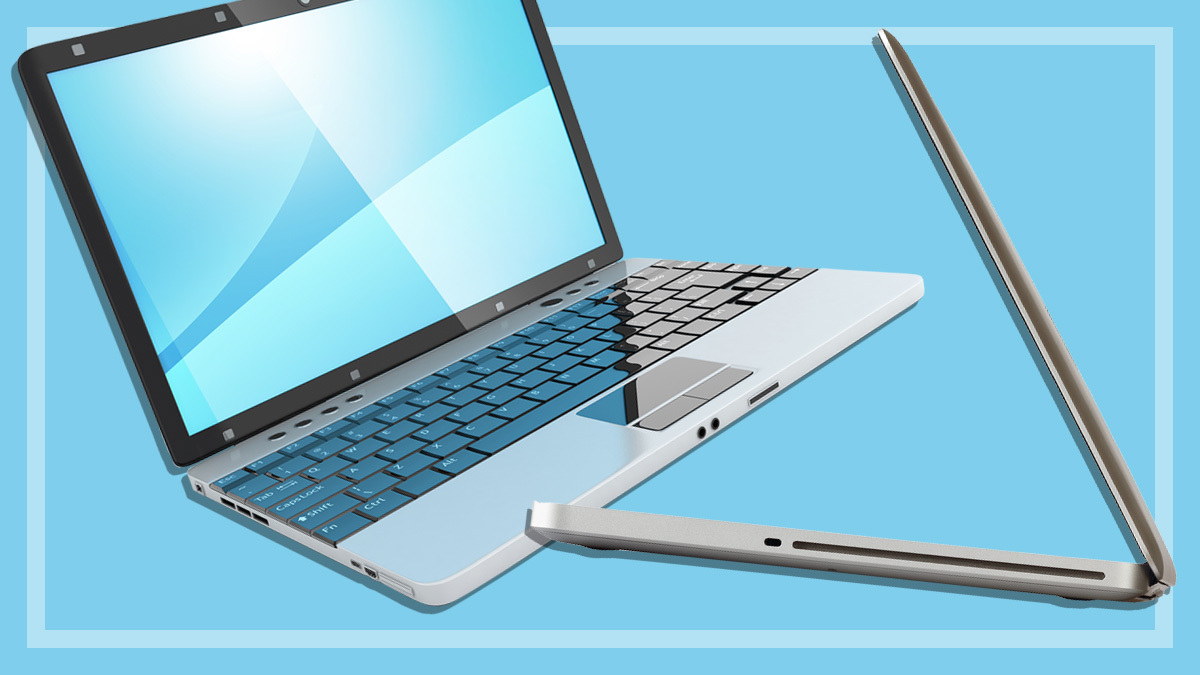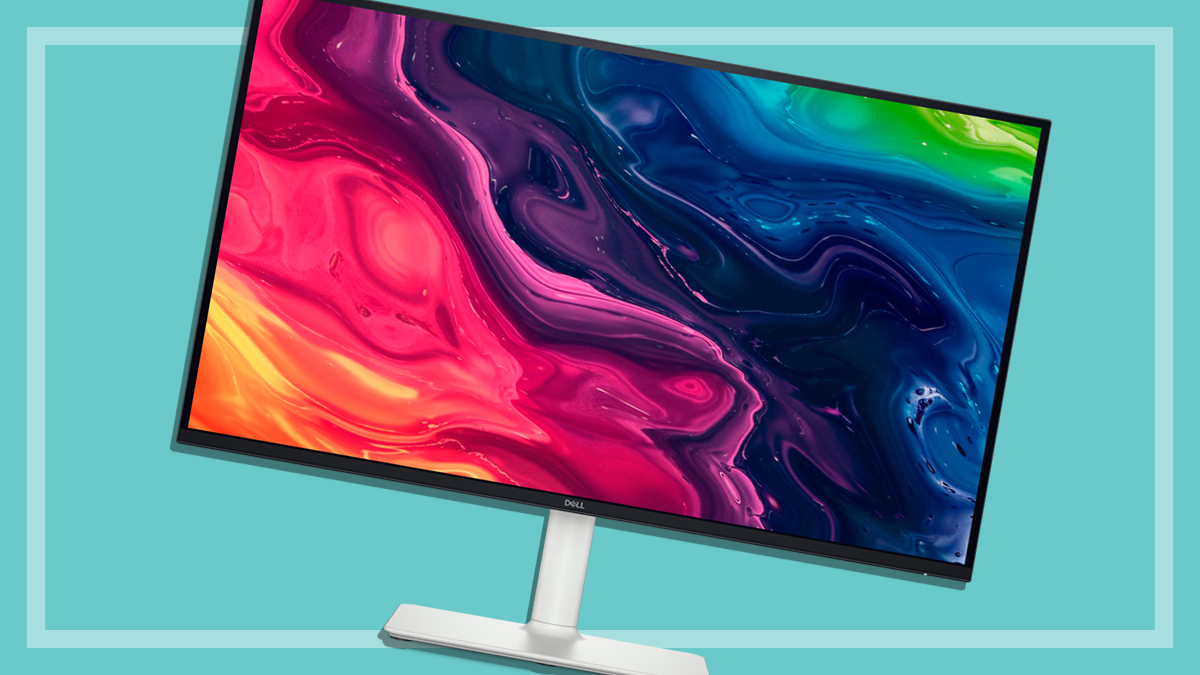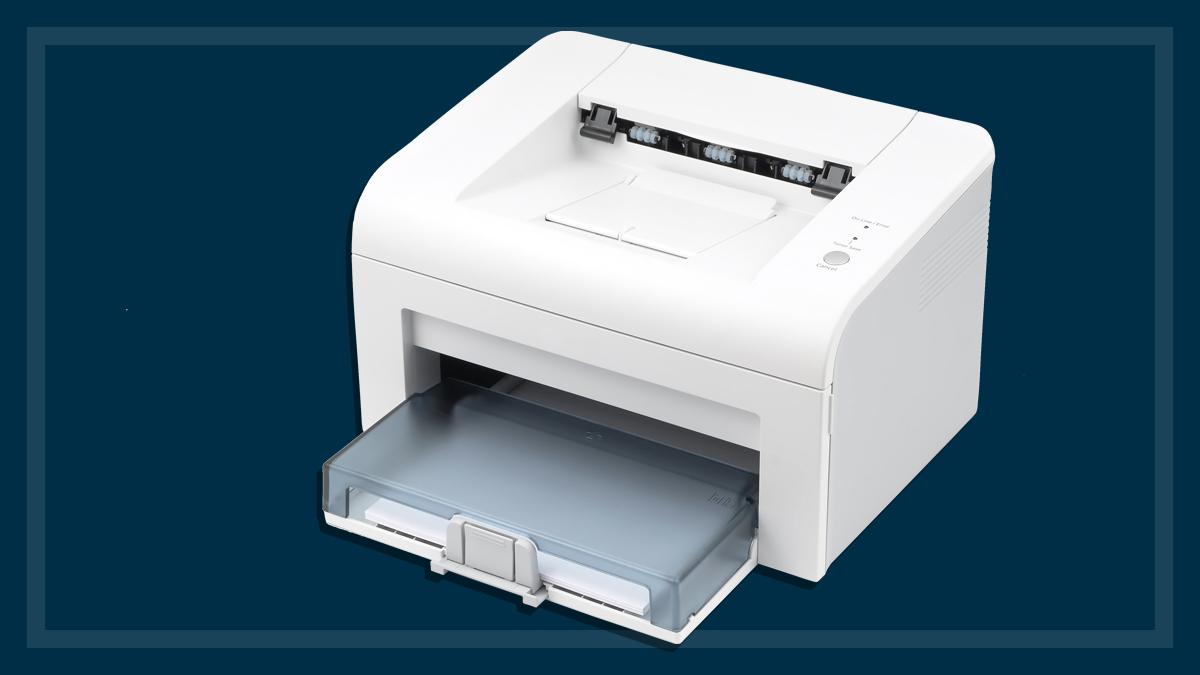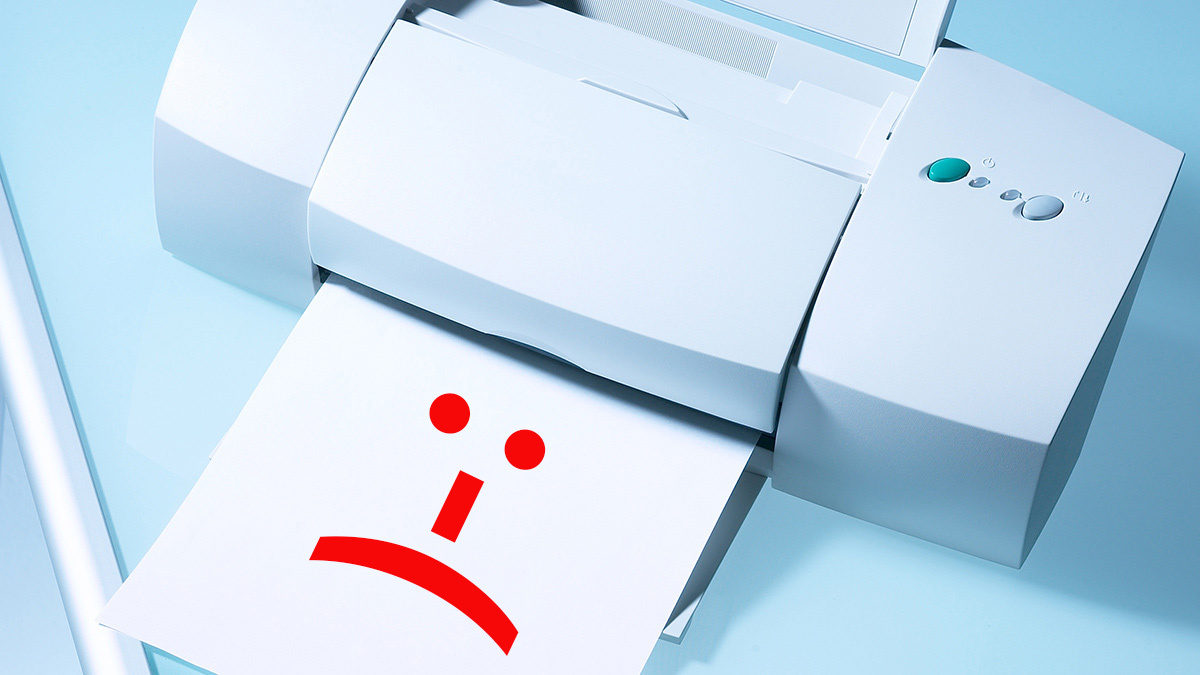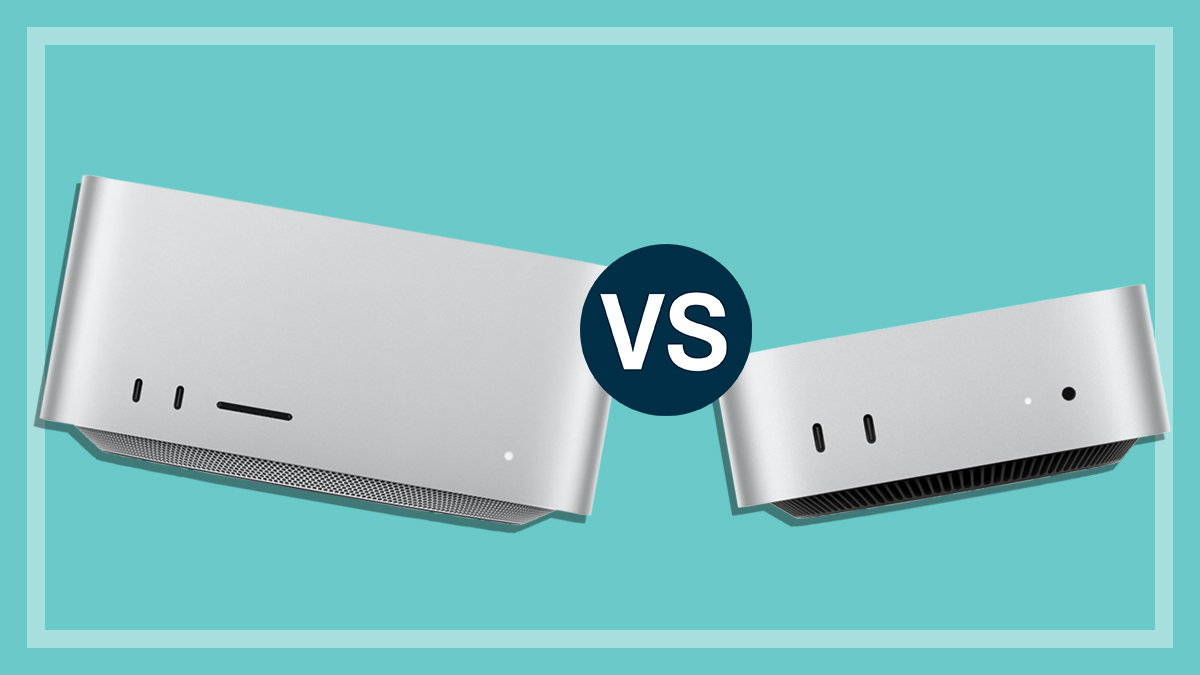Get our independent lab tests, expert reviews and honest advice.
Apple MacBook Pro 14 review
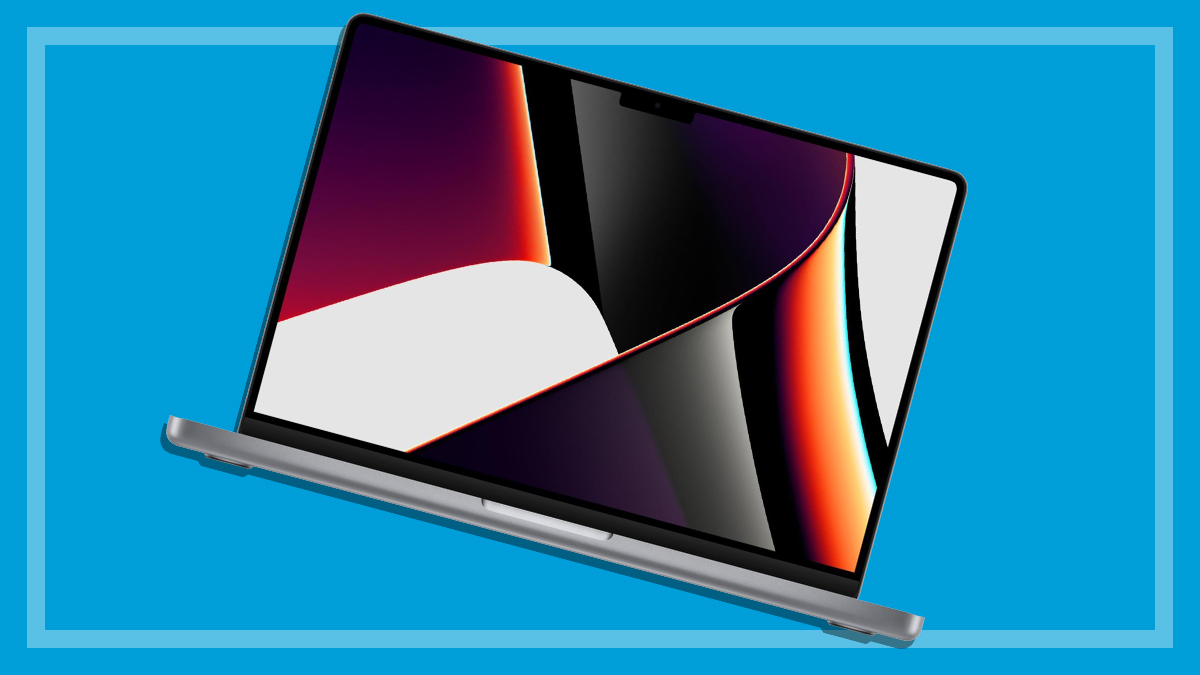
CHOICE verdict
Apple’s compact 14-inch and 16-inch MacBook Pro models introduce its new M1 Pro and M1 Max chips. These build on the success of the first M1 processors in the earlier MacBook Air and 13-inch MacBook Pro models. We bought and tested the entry-level MacBook Pro 14 with M1 Pro chip and found it to be the fastest notebook we’ve ever tested. The MacBook Pro 14 lifts the bar in several areas, with a larger, higher-resolution Liquid Retina XDR screen with up to 120Hz refresh rate, super-fast built-in storage, three high-speed Thunderbolt 4 ports, HDMI and SD card port, plus the return of a dedicated MagSafe charging port. The basic 14-inch M1 Pro model has 16GB of RAM and 512GB storage as the starting point. You can choose to pack it with more memory and storage, as well as the even more powerful M1 Max chip. But even in its entry-level configuration, the MacBook Pro 14 is a powerful professional computer. How far you want to take it is limited only by your budget.
Price: From $2999
Contact:
apple.com.auHow does the 14-inch MacBook Pro perform?
As you’d expect with Apple’s next-gen chipset, the MacBook Pro 14 is very fast indeed. In fact, the M1 Pro-powered MacBook Pro 14 achieved the highest performance score of any laptop we’ve tested.
The M1 Pro SoC (system on a chip) is a big step up from the M1 chip that Apple introduced in the MacBook Air to lead the transition from Intel chips to Apple Silicon chips right across the Mac product range.
Our entry-level model gave the fastest performance score of any notebook we’ve tested
The latest MacBook Air, released this year, includes the more recent M2 chip but this isn’t as powerful as the MacBook Pro’s M1 Pro chip. The M2 sits somewhere between the M1 and M1 Pro, and above that you can also get the even more powerful M1 Max chip in the MacBook Pro 14 if you want.
Even in its entry-level configuration, the MacBook Pro 14 is a very fast all-round package. We rated its processor (CPU) performance as excellent and graphics performance as good, while storage speeds are excellent also. Our tests returned a read speed of 5424MBps and write speed of 4256MBps. Wi-Fi speed was very good as well at 45MBps.
Related Apple reviews
- Apple iMac
- Apple MacBook Air 15-inch
- Apple MacBook Pro M2 14-inch
- Apple MacBook Air M2 13-inch
- Apple MacBook Air M1 13-inch
- Apple MacBook Pro 16-inch
Pro chip power
The entry-level M1 Pro chip in our test machine has an 8-core CPU with six performance cores and two efficiency cores. It also includes a 14-core GPU and 16-core Neural Engine, which handles an ever increasing amount of machine learning calculations that underpin many of the fancier features of macOS.
The M1 Pro chip boasts an impressive 200GBps of memory bandwidth, which is around three times the bandwidth of the M1 chip.

If that’s not enough for you, rather than opt for the base model MacBook Pro 14 as we did, you have the option of choosing a higher level chip configuration with 10-core CPU with 16-core GPU, or even jumping to a higher performance category altogether with the more powerful M1 Max chip that offers the option of a 24-core or even 32-core GPU. However, this will start to hit your wallet pretty hard.
For most buyers the standard 16GB RAM should be plenty, but for the really performance-hungry, there’s also the 32GB option for the M1 Pro machines for an extra $600. MacBook Pro models with the M1 Max chip can go up to 64GB RAM.
In our experience the entry-level M1 Pro offers outstanding performance and lets you run apps native to Apple Silicon or legacy ‘x86’ apps seamlessly via the built-in Rosetta 2 emulation, with no apparent performance degradation compared to running them on Intel hardware.
The new internal design also provides better airflow for cooling, but the high energy-efficiency of the M1 Pro means the fans won’t even need to kick in for basic processing needs.
Screen and camera quality
The 14.2-inch screen uses Apple’s Liquid Retina XDR display technology, and it’s excellent. It has a super-high resolution of 3024 x 1964 pixels, offering a high native pixel density of 254 pixels per inch.
It’s also very bright for a laptop. Apple’s rating is 500nits (we measured it at 461nits), which is right up there with the brightness of many high quality tablets and makes it more visible in outdoor use. Apple claims even higher brightness in certain conditions (up to 1000nits sustained full-screen and 1600nits peak for HDR content).
The Liquid Retina XDR high-resolution display is vivid and bright and rivals OLED for quality
This isn’t the LED-backlit display technology you’ll find on most laptops. Instead, it uses mini-LED technology which Apple calls Liquid Retina XDR (for Extreme Dynamic Range). This is the type of technology used on Apple’s flagship iPad Pro.
Unlike standard LED-backlit technology, it uses smaller LEDs which are grouped into zones that can be dimmed individually to give apparent brighter colours and deeper black areas and rivals OLED screens for image quality.
The screen also offers Apple’s ProMotion technology, which provides adaptive refresh rates up to 120Hz. This varies the refresh rate automatically to match onscreen movement, resulting in super-smooth scrolling and visuals. You can also choose fixed display rates of 47.95Hz, 48.00Hz, 50.00Hz, 59.94Hz, and 60.00Hz, which professional video producers may find useful.
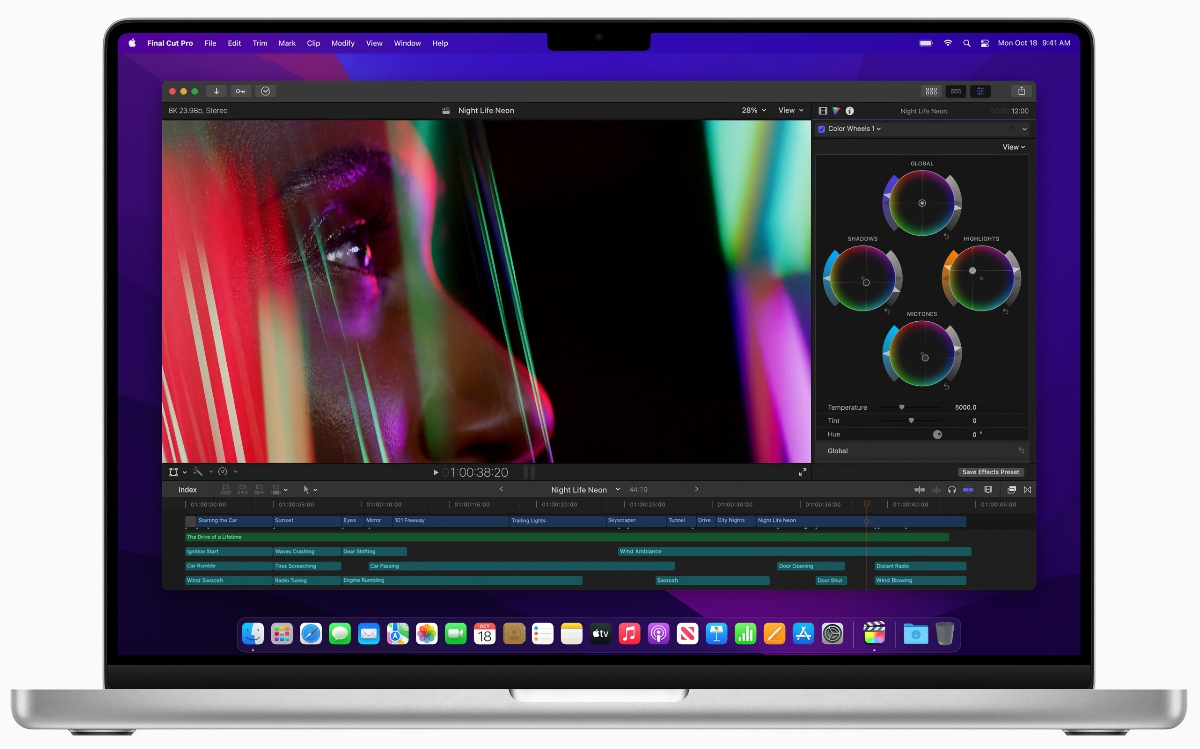
Such high resolution in a compact screen is made possible partly by thinner screen borders, but this comes with a drawback in the form of a small black area at top-centre around the camera that can’t be as thin, popularly referred to as ‘the notch’. When viewing the desktop, this protrudes into the visual area a bit and some may find it annoying, like when the cursor travels under it.
But the macOS menu bar wraps around the camera and is far less noticeable when using dark mode. Third-party apps should respect this area as well and not run menu items under it.
Unlike on iPhone models, the notch doesn’t conceal a Face ID facial recognition camera, so you still have to use the Touch ID fingerprint reader for security.
But on the plus side, the front-facing FaceTime HD camera is 1080p and is among the best in the laptop market (compared to what we’ve seen in our tests). Apple says the camera uses an advanced image signal processor that works with the Neural Engine of the M1 Pro chip. This computational video enhances video quality with sharper images and more natural-looking skin tones.
Connectivity
Connectivity on the MacBook Pro 14 has something for everybody, with wireless connections including Bluetooth 5.0 and Wi-Fi 6. Physical connections are three high-speed (40Gbps) Thunderbolt 4 ports, HDMI port, and an SD card (SDXC) slot.
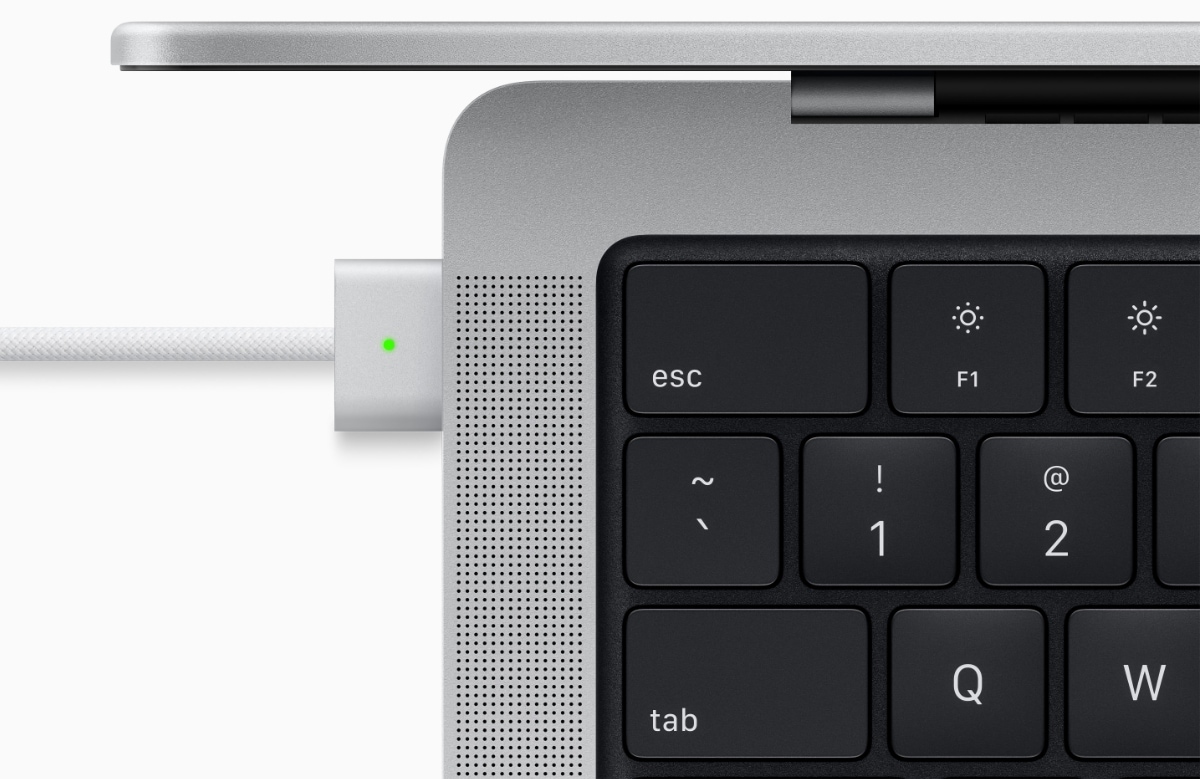
The Thunderbolt ports can support two external displays with up to 6K resolution and using optional adapters can support extra connections including VGA, HDMI and DVI. The built-in HDMI port will support an external 4K display.
Audio is very good as well, delivered via an impressive six-speaker sound system that supports spatial audio for a 3D surround sound effect when playing music or video with Dolby Atmos.
Battery life and charging
The M1 Pro system-on-a-chip (SoC) design provides high power efficiency, which means less drain on the battery. We found battery life good and charging time was relatively short. Even our heavy use battery testing resulted in 6hr 39mins of battery life. At the other end, Apple claims up to 17 hours of video playback (though we didn’t test this). Most users should easily get a full day’s work out of one charge.
It’s not just the MacBook’s performance that’s fast. We found it took only 65 minutes to charge it back up to 80% full using the standard 67W USB-C Power Adapter (which is supplied), but you can also pay extra for the fast-charging 96W version if you prefer.
Battery life is good and charging is fast with the standard 67W power adapter, but the optional 96W unit is even faster
Apple has reintroduced the magnetically-attached MagSafe power connector after several years of absence, which most users will welcome. If you accidentally drag the cable, it probably won’t take the laptop with it and will release it instead.
Even with the addition of the dedicated MagSafe 3 connector, you can still charge via any of the three USB-C Thunderbolt 4 ports if you wish. The 2m MagSafe 3 cable has a USB-C plug to plug into the supplied 67W USB-C Power Adapter.
Faster charging
A 96W USB-C Power Adapter is a $30 optional extra on the standard configuration 8-core CPU model, and provides fast charging capability, with Apple claiming a 50% charge in 30 minutes. The 96W adapter is standard equipment with MacBook Pro models that have the 10-core M1 Pro chip or an M1 Max chip.
While there are no USB-A ports, the three USB-C Thunderbolt 4 ports give plenty of scope for plugging in hubs and storage devices, which professional users should love. You also get a full-sized HDMI port, and a full-sized SD card slot (though this leaves SD cards sitting out about halfway).
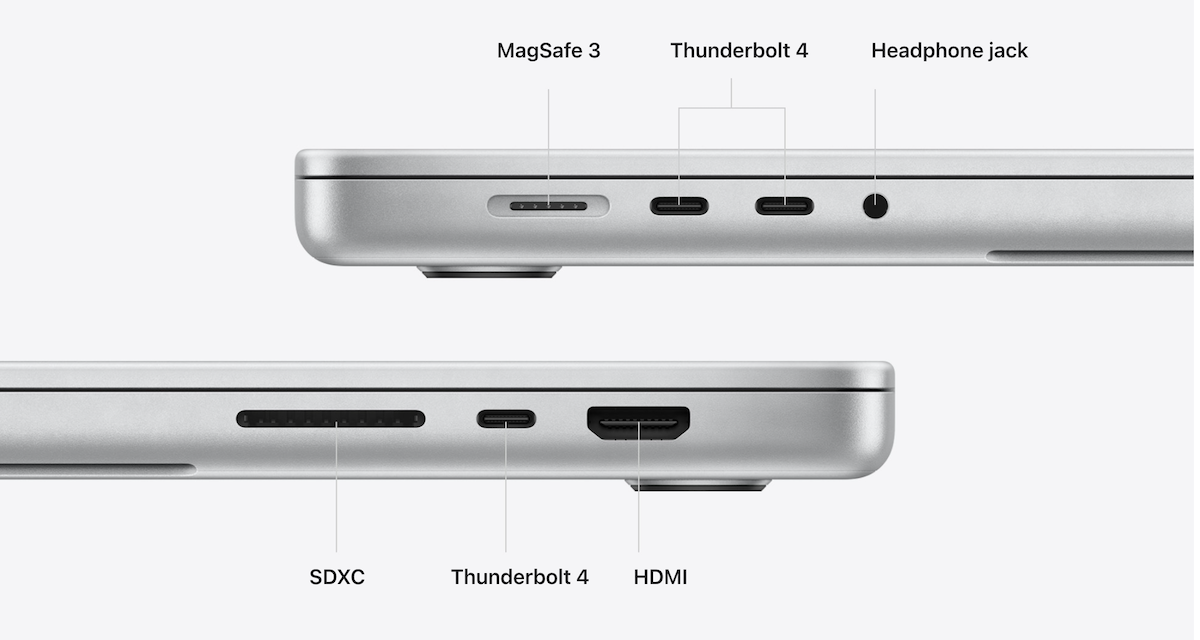
Keyboard and trackpad
The Magic Keyboard is excellent, with keys that are wide and widely spaced, and which have plenty of travel when pressed. They feel firm, yet are soft to hit. Backlighting kicks in automatically when the ambient light level in the room calls for it, and it’s gradual.
The Touch Bar video strip is gone, replaced by physical function keys, while Touch ID fingerprint recognition is built into the power button at top-right and works very well.
Just lifting the lid (from an off state) will turn the computer on, without the need to press the power button.
The Force Touch trackpad is very large and gives haptic (vibration) feedback when pressed. For users switching from Windows laptops, it can take a while to get the hang of this (pressing instead of tapping).
Build and finish quality
Despite being a 14-inch model, the MacBook Pro still feels compact and relatively light to carry (it’s quite thin at 17mm thick and weighs just 1.6kg), but also quite robust. The casing is 100% recycled aluminium for lightness and though the basic styling hasn’t changed from previous models, it doesn’t really need to. The build quality and finish of the MacBook Pro is high quality, as is typical of Apple products.
Should you go Pro?
Overall, the MacBook Pro 14 has a lot to offer, from its time-tested design, quality build, excellent screen, stunning performance and among the best webcam and speakers we’ve seen and heard on a laptop. Apple has aimed it at designers, photographers, developers, videographers, scientists, music producers, 3D designers, and other professionals.
With a starting price of $2999, it’s twice the price of the already-fast M1-powered entry-level $1499 MacBook Air, and in June Apple announced its M2 chip to fill the gap between the M1 and the M1 Pro in the lineup. The M2 can be found in the latest MacBook Air, starting at $1899, and the new 13-inch MacBook Pro starting at $1999.
The MacBook Pro 14 costs an extra $1000 over the M2-based 13-inch MacBook Pro, but it’s a much more powerful package. Even at the starting price of $2999, you get a lot of bang for your buck and for most people the so-called entry-level MacBook Pro 14 might be more than enough.

